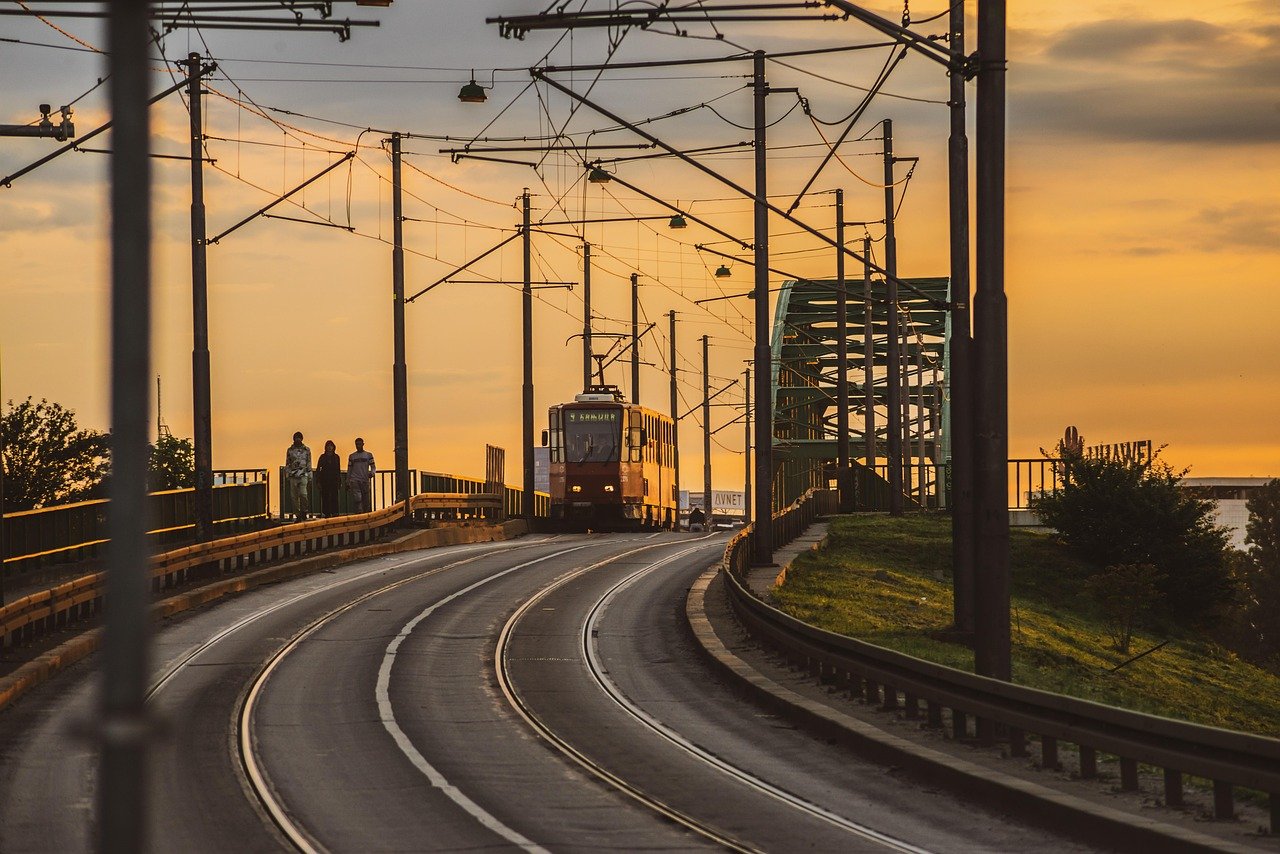Australian Cities Race to Adopt Electric Public Transport Fleets

Australia’s public transport systems are undergoing a quiet revolution — one that hums rather than roars. As cities grapple with climate change, air pollution, and aging fleets, electric public transport is becoming central to urban sustainability strategies from Perth to Brisbane.
From Targets to Transit: A National Shift
With transport contributing nearly 20% of Australia's total greenhouse gas emissions, the federal and state governments have pledged to decarbonise transit infrastructure. New South Wales, Victoria, Queensland, and the ACT have committed to fully electric bus fleets by the 2030s — a once-ambitious goal now rapidly becoming reality.
“We’re not just replacing diesel with batteries,” says Transport for NSW spokesperson Lily Ng. “We’re redesigning how the entire transport system interacts with the grid, city planning, and communities.”
Electric Buses Take Centre Stage
Electric buses form the core of Australia's low-emission public transport strategy. Sydney has already deployed over 150 electric buses as part of its plan to electrify its entire 8,000-bus fleet by 2035. Melbourne and Brisbane are following suit, with local trials showing reduced maintenance costs and improved passenger satisfaction.
In 2025, Queensland announced a $600 million contract to purchase 550 locally manufactured electric buses for its South East Queensland network — the largest such investment in the nation’s history.
“The future is electric — and it’s being built here,” said Premier Steven Miles at the launch of the Burleigh bus depot electrification project.
Charging Ahead: Infrastructure Expansion
Beyond the vehicles, cities are racing to build charging infrastructure. In Western Sydney, a new depot now houses over 70 charging bays and operates with solar microgrids and battery storage. In Canberra, the fully electric bus depot in Woden is among the most advanced in the Southern Hemisphere.
Still, grid capacity remains a challenge. To ensure reliability, many transport authorities are collaborating with energy providers to schedule overnight charging and explore vehicle-to-grid (V2G) technologies.
Trams and Ferries Join the Transition
While buses lead the way, other modes are catching up. In Melbourne, Yarra Trams is trialling battery-assisted trams capable of running off-grid for short distances — reducing dependency on overhead lines and cutting emissions.
Brisbane has begun converting its CityCat fleet to electric propulsion, with EV ferries already operating on key river routes. The new vessels feature fast-charging ports and significantly lower engine noise — a win for both passengers and riverfront residents.
Local Manufacturing Boost
Domestic production is a key component of the electric fleet transition. Companies like Custom Denning (NSW), Volgren (VIC), and BusTech (QLD) have ramped up manufacturing of electric buses, creating thousands of regional jobs.
The federal government’s National Electric Vehicle Strategy includes procurement targets and tax incentives favouring Australian-made vehicles.
Environmental and Social Benefits
Aside from carbon reductions, electric fleets offer tangible improvements in air quality, noise pollution, and urban heat island mitigation. Trials in inner-city Sydney recorded a 38% reduction in nitrogen dioxide levels near high-frequency bus routes.
Passenger surveys report higher satisfaction thanks to smoother rides and quieter cabins. For drivers, the transition also brings improved work environments with less vibration and heat exposure.
Challenges Remain
Despite strong momentum, challenges persist. Upfront vehicle costs remain higher than diesel alternatives. Battery sourcing raises concerns over environmental impacts and supply chain transparency. Rural and regional routes — with long distances and limited infrastructure — pose logistical hurdles.
“We need a just transition,” says climate policy analyst Dr. Karen Fielding. “Equity means making sure this revolution reaches remote communities, not just capital cities.”
Federal Support and Long-Term Vision
Canberra’s role is expanding. The 2025 Federal Budget includes $2.4 billion over four years to co-fund electric fleet procurement, depot conversions, and R&D partnerships. An intergovernmental working group is also standardising technical requirements across states to streamline implementation.
The long-term vision? A fully integrated, zero-emissions public transport network powered by renewable energy and designed around livable cities — not just efficient commutes.
“This is the most exciting transformation in public mobility since the introduction of the tram,” says Melbourne Transport Futures chair Dr. Sanjay Rao.
What’s Next?
In 2026, Sydney will launch Australia’s first all-electric Metro shuttle line. Perth is expanding its hydrogen bus pilot. Hobart will electrify its ferry network. And with rising public support, further acceleration seems likely.
The electric future of Australian transport is no longer a distant goal — it’s already boarding.